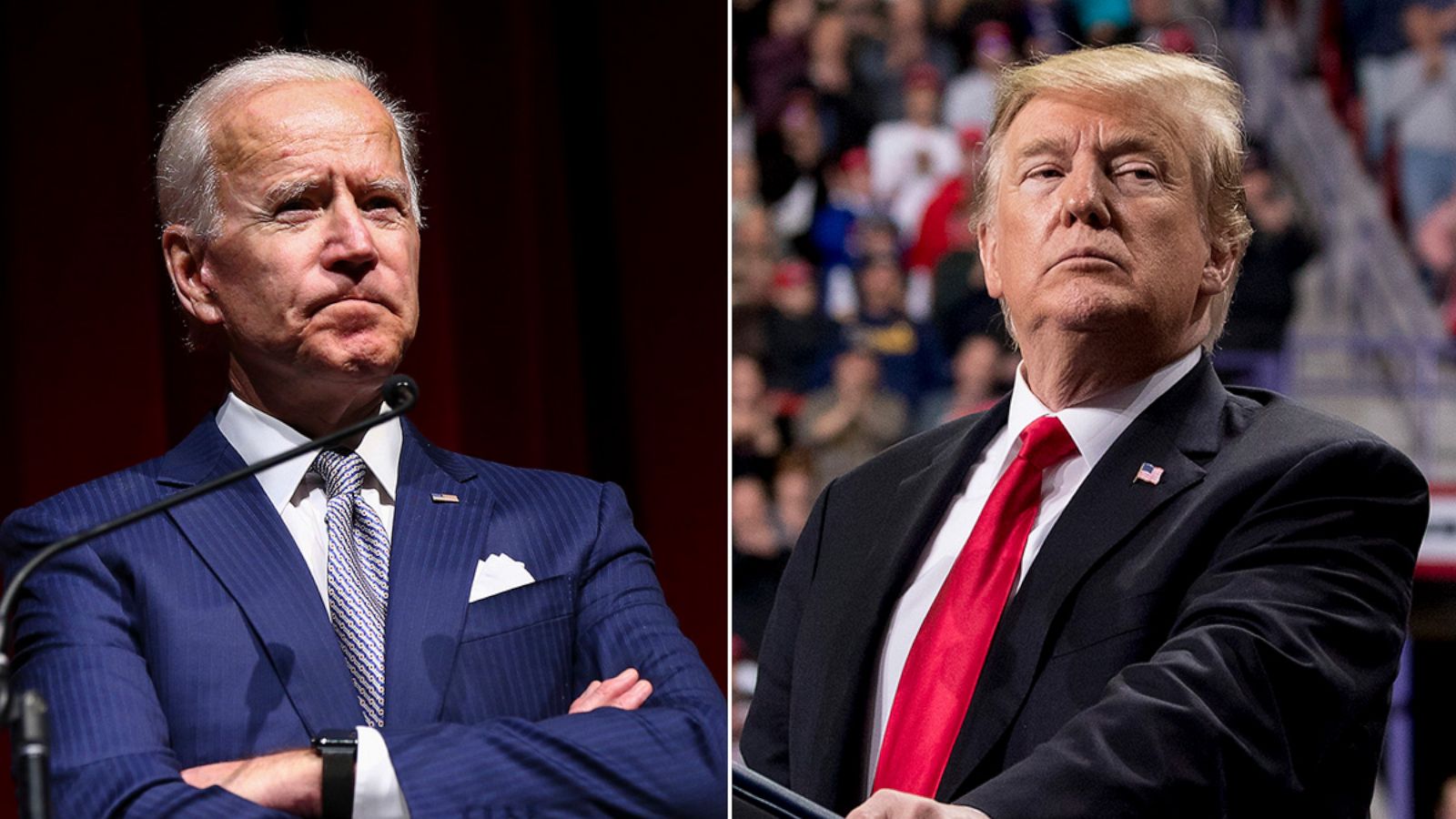At this point in the 2016 race, polls were giving Hillary Clinton the appearance of an insurmountable lead against Donald Trump. Nationally, Hillary lead by decent margins, clearing 50% on occasion, but usually topping out around 48%. State polls showed a similar picture, where areas such as Wisconsin were giving Clinton a 9-point lead over Trump in June of 2016. The end result was a Trump victory in Wisconsin by a 0.7 percent margin. This means Donald Trump’s numbers leading up to the election in the state were underestimated by at least six to nine points depending on the poll, a stunning disparity.
Sticking with Wisconsin, specifically, since it’s such a major battleground, we can now examine polls from the same time in the campaign during the 2016 race.
The current RealClearPolitics average gives Biden a 3.4 percent lead over President Trump.
| Poll (2020) | Date | Sample | MoE |
Biden (D)
|
Trump (R)
|
Spread |
|---|---|---|---|---|---|---|
| RCP Average | 3/6 – 6/2 | — | — | 46.4 | 43.0 | Biden +3.4 |
| FOX News | 5/30 – 6/2 | 801 RV | 3.5 | 49 | 40 | Biden +9 |
| CNBC/Change Research (D) | 5/29 – 5/31 | 382 LV | — | 45 | 45 | Tie |
| Marquette | 5/3 – 5/7 | 811 RV | 4.0 | 46 | 43 | Biden +3 |
| PPP (D) | 3/10 – 3/11 | 1727 RV | 2.4 | 48 | 45 | Biden +3 |
| Yahoo News/YouGov | 3/6 – 3/8 | RV | — | 44 | 42 | Biden +2 |
It’s important to point out that many of these polls were conducted in the days before the protests and riots surrounding the death of George Floyd at the hands of Minnesota police officers. The most recent number, the Fox News poll released days ago with sampling from May 30 to June 2, gives Biden a 9-point lead among registered voters.
However, just days earlier, with a sampling from May 29 to May 31, a CNBC poll of likely voters in Wisconsin pinned the race as a tie with 45% support each.
Republicans always tend to fare better among “likely voters” than among “adults” or “registered voters” since not everyone in the latter two categories will actually show up to vote, though they may skew Democrat.
A tie to a 9-point Biden lead is quite a spread of the numbers, and the voter model clearly has something to do with the difference. As pollsters begin to shift toward a likely voter model, which tends to be more reflective of the final outcome, the numbers will most certainly tighten.
Looking at another major 2016 and 2020 battleground might show a different story. In Michigan, for example, where polling expected a Hillary Clinton win in 2016 by three to five points, Trump once again outperformed polls and won the state by a mere 0.3 percent of the vote over Hillary.
The current crop of Michigan polls from the RealClearPolitics average is more generous right now to Biden than it was for Clinton back in 2016, even among likely voters:
| Poll (2020) | Date | Sample | MoE |
Biden (D)
|
Trump (R)
|
Spread |
|---|---|---|---|---|---|---|
| RCP Average | 4/18 – 6/3 | — | — | 50.0 | 42.7 | Biden +7.3 |
| EPIC-MRA | 5/30 – 6/3 | 600 LV | 4.0 | 53 | 41 | Biden +12 |
| CNBC/Change Research (D) | 5/29 – 5/31 | 620 LV | — | 48 | 46 | Biden +2 |
| FOX News | 4/18 – 4/21 | 801 RV | 3.5 | 49 | 41 | Biden +8 |
Hillary Clinton spent the duration of 2016 with a five to an eight-point lead over Trump in Michigan polls. The come-from-behind victory at the end was perhaps one of the biggest surprises, aside from Pennsylvania.
Polls are giving Biden a better chance in Michigan against Trump than they did for Hillary in 2016.
The big question is whether polls could be vastly underestimating the final turnout from Trump the same way they did in 2016. Media stories continue to be published about how Joe Biden appears to be winning all over the map, far ahead in key battleground states and winning the national numbers sometimes by double-digits.
The same stories, at almost the same time period four years ago, were being written about the race between Hillary Clinton and Donald Trump.
All sides were stunned at Donald Trump’s victory in 2016 when none of the conventional indicators seemed to forecast such a result. Will 2020 be similar, or will pollsters adjust models to try and ensure they are reflecting realistic numbers? This is not to say pollsters weren’t trying to produce accurate numbers in 2016, it’s likely more a result of an uncertain electorate waiting until the very last minute to make a final decision, which ended up breaking favorably for Trump.
All of this is to say that for Biden supporters, polls can create a false sense of security, as they did for Hillary supporters in 2016. Trump supporters tended to discount the polls in 2016, as they do in 2020, but they shouldn’t be ignored or written off as “fake news” quite yet.
All voters and observers would do well to keep polling in perspective as the imperfect tool that it is. If there was no greater demonstration of how polls can be accurate, and still misjudge the final outcome as they did in 2016, then we should do well to be more careful and discerning when relying on polls in 2020.
Donate Now to Support Election Central
- Help defend independent journalism
- Directly support this website and our efforts
